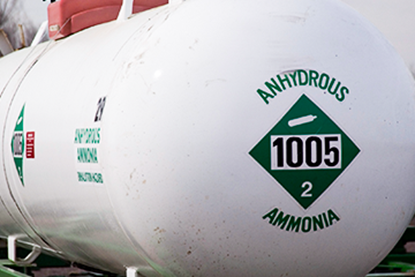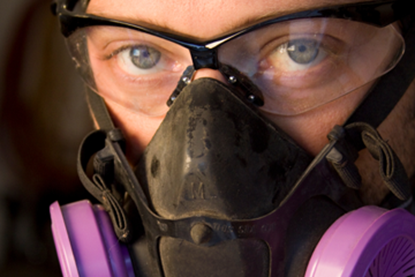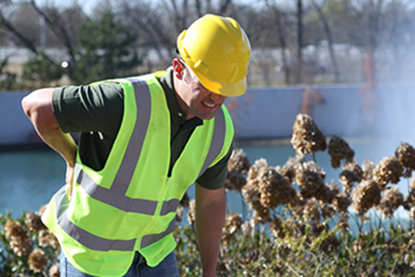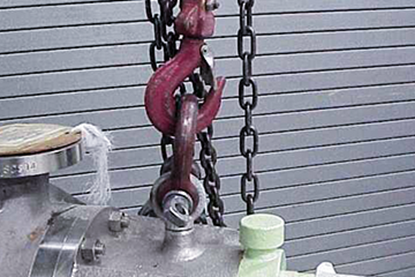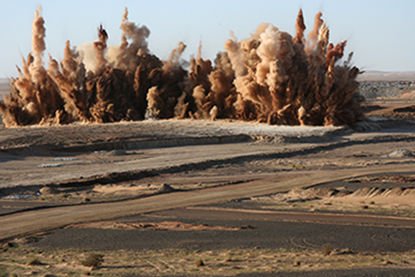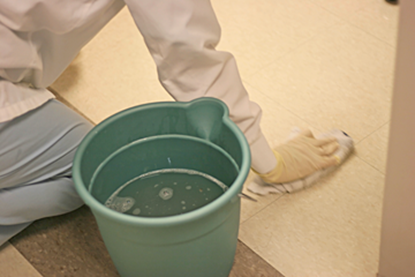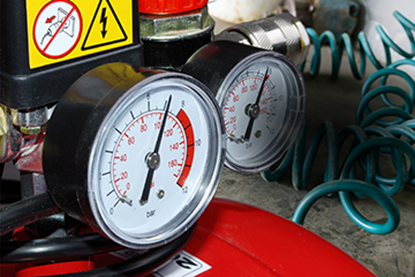You have no items in your shopping cart.
Awareness Courses
Occupational accidents and work-related diseases cost billions of dollars in lost productivity every year. If your employees face workplace hazards, you need to know the risks. UL EHSS has the training content you need to keep workers healthy, safe, and on-the-job.
Our Awareness modules are 15-20 minute overviews of each topic.
Road Rage Awareness
In our fast-paced world, it seems that many drivers carry their frustrations and impatience into their vehicles with them. Road rage is something you must be aware of and control as a driver. This training is designed to give you the information you need to avoid becoming the victim of road rage or succumbing to it. Ideal learners are all drivers.
$29.95
Ammonia Awareness
Ammonia can cause blindness, lung damage and death, but the good news is you can control your exposure to it. Take this course to learn how to safely identify, store and handle ammonia. You will also learn what to do in the event of an ammonia exposure or leak. This course is ideal for anyone who works with or near ammonia.
$29.95
Arsenic Awareness (US)
OSHA requires inorganic arsenic training whenever employees are exposed to arsenic at or above a certain level. This course explains the possible health effects related to inorganic arsenic and how to reduce and/or eliminate the exposures that can lead to these health effects.
$29.95
Back Injury Awareness
Back ailments are painful. They can be debilitating, and may prevent you from working and enjoying activities outside of work. This course will help you become aware of what you can do to prevent back injuries. Ideal learners include all employees.
$29.95
Basic Rigging Awareness
This basic rigging awareness module addresses the core elements that workers need to understand to conduct their rigging operations in a safe manner. Employers can use this course to ingrain fundamental terms and employee responsibilities. This course is an excellent tool for organizations who want to bolster or supplement their current rigging training program.
$29.95
Blasting Area Awareness
Blasting areas can be dangerous. It’s important that the people who work on sites that have blasting know the hazards, process and what to do in emergencies. This is an awareness course about the activities that occur in a blasting area. This course is not designed to qualify blasters or their crew. It is aimed at all personnel who might be at a site where blasting activities occur.
$29.95
Bloodborne Pathogens Awareness
Contact with blood or other infectious materials puts you at risk for contracting potentially deadly, incurable diseases. Take this course to learn what bloodborne pathogens are, the risk they present, and general steps you should take to ensure your protection after potential exposure. This course is not intended to teach universal precautions. You need additional information, vaccinations/immunizations, and PPE to provide first aid or handle/clean up BBP and OPIM. Ideal learners include all workers.
$29.95
Cannabis Awareness
Are the effects of cannabis different than other controlled substances? What do I need to know about cannabis as it relates to workplace safety? Take this course to learn the answers to these and other questions you may have about cannabis. We will talk about the properties of cannabis, its effects and strategies you can use at your workplace to keep everyone safe. This course is ideal for all learners.
$29.95
Chemical Facility Security Awareness Training (US)
What would happen if criminals or terrorists got their hands on potentially dangerous chemicals at your facility? What if they planted a bomb at your workplace? No one wants to experience the answers to these questions. Take this course to find out what you need to watch out for and what to do if you discover a security threat. Ideal learners are workers and managers in any facilities that use bulk quantities of highly hazardous chemicals.
$29.95
Chlorine Awareness
Chlorine has a huge variety of uses. Its chemical properties make it an extremely effective disinfectant and an essential component in the chemical manufacture of literally thousands of vital products used every day. However, there are some hazards associated with chlorine and you need to know about them and how to protect yourself against them. This course presents information about the hazards of chlorine and how to handle it safely.
$29.95
Compressed Air Safety Awareness
On its own, air is not necessarily dangerous. However, compressing air creates hazards like noise, flying objects and static electricity. Take this course to review the hazards associated with compressed air and what you can do to avoid them. This course is ideal for people who use pneumatic tools or supervise those who do.
$29.95
Concrete and Masonry Awareness
In the construction industry, many accidents, injuries and even fatalities result from formwork collapse and bracing failure during concrete and masonry construction. These incidents are preventable. Take this course to learn how to remain safe during concrete and masonry construction. This course is ideal for all construction workers.
$29.95
Conveyor Safety Awareness
Conveyors move materials quickly and efficiently, but they can be dangerous. Without safe practices and controls, people around them can suffer serious injuries, including amputations. This course will teach people who work around conveyors and their supervisors some basic safety guidelines. It will lay the foundation for the hands-on training that employers will provide about specific equipment, hazards, controls and practices at their work locations.
$29.95
Crane Signaling Awareness
Crane operators count on signalers to provide vital lifting instructions. Whether you deliver signals, receive them or just witness them, it is important that you know why they are important, what they are, and what to do if stop work signals are given. This course provides a crane signaling overview that is appropriate for all people who work around cranes and lays the foundation for additional, in-depth and hands-on training that crane operators and signalers will receive.
$29.95
Crystalline Silica Awareness
Breathing is an act we often take for granted. Sometimes, what we breathe in can harm our bodies and cause lasting damage. That is definitely true of crystalline silica. In this course, you will learn what it is, where it is, how to avoid exposure and what to do if you are exposed. This course is intended for anyone who may be exposed to crystalline silica in their work.
$29.95
Defensive Driving Awareness
A split-second decision can change your life, especially when you are behind the wheel of a fast-moving, heavy vehicle. Take this course to refresh your memory about safe driving practices - particularly what you need to do before and during your drive. Ideal learners are anyone who drives cars or small vehicles.
$29.95
Drug and Alcohol Awareness
Substance abuse causes harm to more people than just the abuser. This course teaches workers what substance abuse is and it outlines the costs of substance abuse to employers. It also provides facts about commonly abused substances and how to reduce the risks of substance abuse. Ideal learners are all employees, including managers and supervisors.
$29.95
Egress and Emergency Action Plans Awareness
Fires, severe weather, medical emergencies, chemical releases, bomb threats and other emergencies can threaten the entire workforce. We cannot completely eliminate dangerous workplace situations, but we can reduce the harm they cause. This course will focus on two important aspects of this effort: egress and emergency action plans. Ideal learners are all employees.
$29.95


